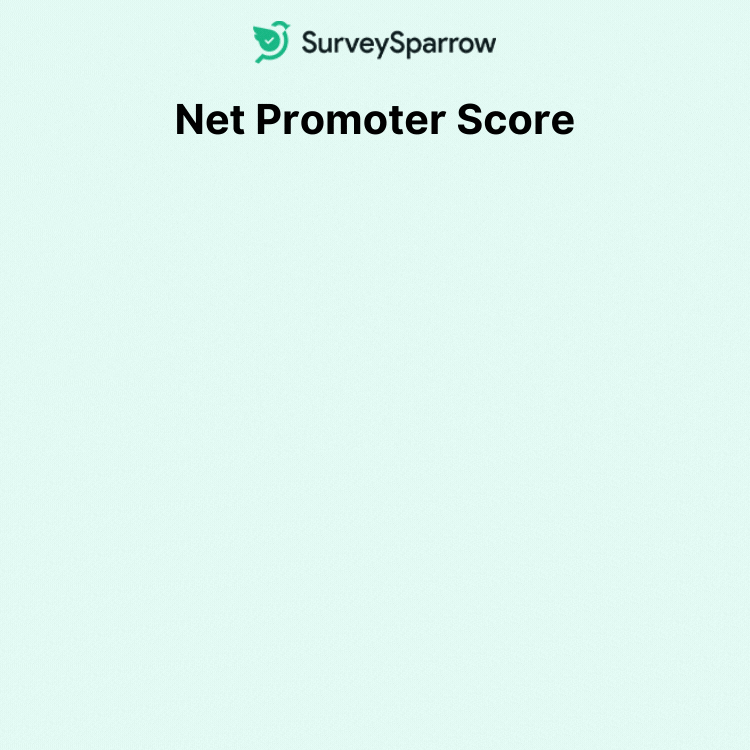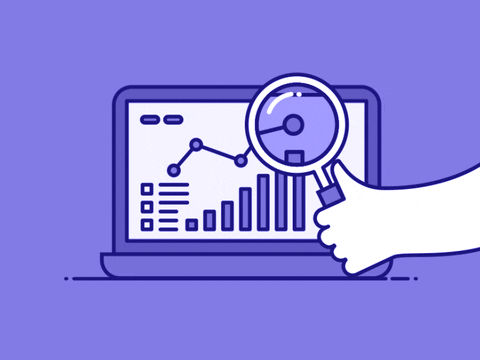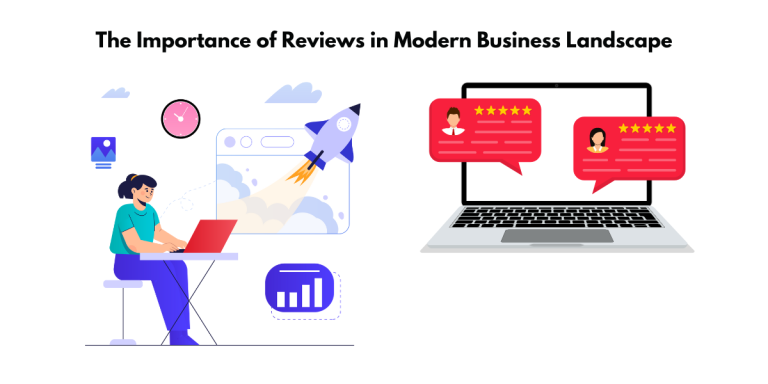Defining Customer Experience Analytics in Today’s Market
Imagine stepping into your customers’ shoes and seeing your business through their eyes. That’s what customer experience analytics offers you—a way to dive deep into what your customers truly want and how they feel about your brand’s journey. It entails sifting through heaps of data that ranges from transactional records to social media interactions to understand and improve interactions with your customer base. Focusing on these insights can be a game-changer, letting you personalize each step of the customer journey and creating a competitive difference despite the odds, even in challenging times like during a pandemic.

Core Metrics in Customer Experience Analytics
Navigating Through NPS, CSAT, and CES
Navigating through the jargon of customer experience metrics can be like learning a new language, but once you get the hang of it, it becomes second nature. Think of NPS (Net Promoter Score), CSAT (Customer Satisfaction Score), and CES (Customer Effort Score) as the vital signs of your company’s health from a customer perspective.
NPS measures the willingness of your customers to recommend your services to others. The logic is simple yet powerful; the more likely they are to advocate for you, the healthier your brand is. CSAT dives into the satisfaction levels for specific interactions or transactions, giving you immediate feedback on where you shine and where you need to polish. Meanwhile, CES evaluates the ease with which customers can get what they need from you—easy interactions are like smooth sailing for your customers.
By regularly checking on these metrics, you can catch any warning signs early and set the course right before any issues escalate, ensuring that your customer base remains both happy and loyal.

Understanding Churn Rates and Customer Lifetime Value
Understanding churn rates and customer lifetime value (CLV) delivers you the crystal ball to foresee the future health of your company. Churn rate is the percentage of your customers who put an end to their relationship with your service over a specific period. It’s a signal alarm—it tells you how many customers you’re losing, but more importantly, it begs you to figure out why and put measures in place to prevent it.
CLV, on the other hand, is the total revenue you can expect from a single customer over the entirety of their relationship with your service. It’s like estimating the value of a friendship; the longer and more fruitful it is, the more valuable it becomes. Integrating CLV into your business strategy can illuminate paths to not only retain your customer base but also increase your profitability by focusing on nurturing long-term relationships.
Digging into these two metrics can help you balance the scales between acquisition and retention, revealing the key to not just a successful transaction, but a lasting loyalty that will pay dividends over time.
The Analytical Path to Retention
Identifying Patterns that Lead to Increased Loyalty
By identifying patterns in customer behavior through analytics, companies can unveil the blueprint for cultivating devotion. This can include anything from recognizing frequent purchase times, preferred communication channels to pinpointing milestones that trigger a stronger connection.
Spotting these trends allows you to tailor experiences to customer preferences, making them feel understood and valued. When customers see that their habits and choices are acknowledged, it fosters trust and affinity towards your brand. Engaging them at the right time, with the right message or offer, not only brightens their experience but also nudges the bond from casual to committed.

Reducing Churn through Predictive Analysis
Predictive analysis is the crystal ball that helps foresee which customers you may lose and why, allowing you to act before it’s too late. With cutting-edge algorithms, you can analyze past behaviors to predict future ones, spotting which customers are at risk of heading for the exit.
By tracking a combination of factors—such as purchase frequency, customer service interactions, and feedback—a predictive model can score each customer’s likelihood to churn. Those with high-risk scores can then be targeted with special attention and retention strategies, such as personalized offers or proactive support, to re-engage them and address their concerns before they cut ties.
Best Tools and Solutions for Harnessing the Power of CX Analytics
To harness the transformative strength of customer experience analytics, you must integrate it into your business strategy with care and precision. Start by pinning down clear objectives for what you aim to achieve—whether it’s elevating customer satisfaction, bolstering loyalty, or reducing churn. Having these goals mapped out guides the analytics process and ensures every data point analyzed serves a purpose.
Adobe Experience Cloud
- Integrates with Adobe Analytics and Adobe Target for a comprehensive view of the customer journey
- Real-time data processing and rich customer profiles for personalized experiences
- Cross-channel content management and delivery across web, mobile, email, and social
- Advanced machine learning and AI capabilities through Adobe Sensei to predict customer needs
Salesforce Customer 360
- Unified customer profile that provides a single view across all Salesforce applications
- AI-driven insights with Salesforce Einstein to anticipate customer behavior and preferences
- Real-time interaction management and engagement across multiple channels
- Extensive ecosystem with numerous third-party app integrations via Salesforce AppExchange

Google Analytics 360
- Deep integration with Google’s advertising products for a cohesive understanding of customer behavior
- Access to sophisticated attribution modeling tools to understand the customer’s path to conversion
- Seamless data export capabilities that allow for advanced analysis and reporting
- Enterprise-level service and support for comprehensive data analysis
Qualtrics CustomerXM
- Voice of the Customer (VoC) and predictive intelligence to pinpoint customer experience improvements
- Customized surveys and feedback tools to gather in-depth customer insights
- Role-based dashboards and real-time alerts to – Adobe Experience Cloud
- Integration with other Adobe services for comprehensive analytics
- Real-time customer insights using Adobe Sensei AI for personalized experiences
- Omnichannel measurement to capture and analyze customer interactions across channels
- Advanced segmentation and targeting capabilities
Clarabridge CX Analytics
- Comprehensive text and sentiment analysis to extract meaningful insights from unstructured customer feedback
- Omnichannel data collection, including surveys, contact center interactions, and social media
- Automated categorization and theme detection to identify areas for improvement
- Real-time alerts and case management tools to address customer issues promptly
SAS Customer Intelligence 360
- Unified data management across online and offline channels for a consistent customer view
- Advanced analytics and customizable models to target and segment customer populations
- Real-time decisioning and dynamic content personalization to improve engagement
- Integrated marketing automation and campaign management tools
Pegasystems Pega Customer Decision Hub
- AI-powered decisioning engine to provide next-best-action recommendations
- Adaptive predictive modeling to continually learn from customer behavior and improve engagement strategies
- Real-time event triggers and decisioning across channels for
By incorporating these tools into your customer experience strategy, you can move beyond basic analytics and into a realm of proactive customer journey sculpting, turning satisfied customers into loyal advocates.
Transforming Challenges into Opportunities with CX Analytics
Overcoming Common Barriers to Effective Customer Analysis
Start by acknowledging data silos; breaking these down is key to obtaining a unified view of your customers. Integrate systems and encourage cross-department collaboration to ensure data flows freely, painting a complete picture of the customer experience.
Likewise, data quality can be a stumbling block. You need accurate, relevant, and timely data to make informed decisions. Regular data cleaning and validation, along with consistent data entry practices, are essential to maintain the integrity of your analytics.
Then, there’s the issue of skill gaps. Your team needs the right skills to interpret and act on data insights properly. Investing in training or hiring talent with analytical expertise can bridge this gap. Remember, having the most advanced tools means little if there’s no know-how to wield them effectively.
Leveraging Analytics to Differentiate Your Brand
By leveraging analytics, you’ll uncover the unique aspects of your customer experience that set you apart. It’s about identifying those ‘aha’ moments where customers fall in love with your brand, then replicating and enhancing those instances across all touchpoints.
You can also use analytics to spot innovative opportunities. Maybe it’s a gap your competitors have overlooked or a new trend your customers are starting to embrace. Analytics provides the evidence to support bold moves that could redefine your market position.

The Road Ahead: Customer Experience Analytics in 2024 and Beyond
Anticipating Future Trends in Customer Behavior Analysis
As you look toward the horizon of 2024 and beyond, anticipating future trends in customer behavior analysis is essential for maintaining a competitive edge. With advancements in AI and machine learning, predictive analytics will become even more nuanced, providing richer, more accurate forecasts of customer needs and behaviors.
The rise of the Internet of Things (IoT) will see customer data pouring in from an array of connected devices, allowing brands to craft experiences that are not just reactive, but prescient. Imagine your customer’s smartwatch indicating stress signals, and your app—connected via IoT—automatically suggesting a calming playlist or a product that could help.
Staying Ahead of the Curve with Continuous Analytical Innovation
To stay ahead of the curve in the bustling marketplace, continuous analytical innovation is your lifeline. It moves you beyond the confines of traditional data analysis and into the realm where you craft exceptional, forward-thinking customer experiences. Engage with emerging technologies like artificial intelligence, which can process vast data sets in real-time, offering instant insights to inform decision-making. Regularly update your analytical models and algorithms to reflect the latest market trends and customer behavior patterns.
Conclusion
The Customer Experience Analytics feature uses advanced tech to turn complicated data into easy-to-use insights quickly. It uses natural language processing to give a clear view of the customer. There are dashboards that show key words from reviews and how customers feel about different parts of their experience, like the product or service. For example, retail company evo used this tool on over 6,000 reviews and saw a 12% rise in customer happiness.
This tech also helps businesses see how they stack up against competitors, which can attract more customers. Listening to and analyzing what customers say can lead to small changes that make a big difference in money made and customer happiness.
- Unlocking Growth: The Power of Customer Experience Analytics in Boosting Retention and Driving Business Success - June 3, 2024
- Online Credibility: Advanced Digital Reputation Management Solutions - January 11, 2024
- 8 Reasons Why You Should Get Review Management Services for Your Business - June 12, 2023



